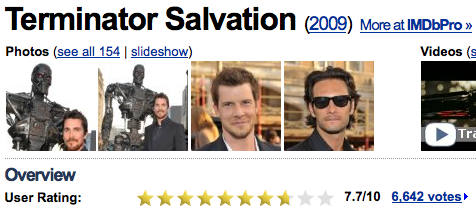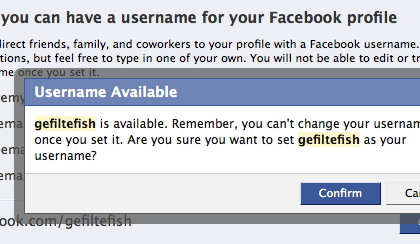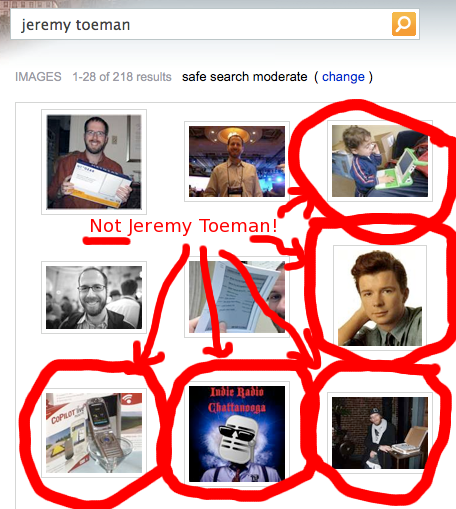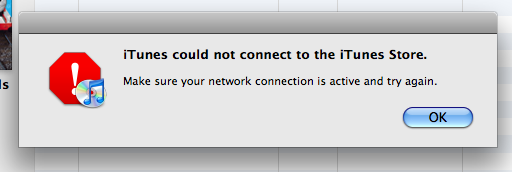I just wanted to take a second to congratulate my friends Ryan Block and Peter Rojas for launching gdgt.com. It’s a new site/resource/blog/community/social network/thing… words don’t describe… they should’ve sent… a… poet! Ok, just kidding. It’s a new site designed to really help people get the most out of their gadgets, whether by finding peer-based support, new uses, or other recommendations. Here’s a link to their introduction, and I wish the guys the best – they’ve worked pretty hard to get here!
Here’s my personal gdgt profile (I manage to snag “jeremy” as my username there!):


 Virtually everything in my Netflix queue came through the internal Netflix recommendations system. It’s just plain awesome. I barely even look at the 5-star score, I have gotten so trusting of it. Granted, I don’t take every recommendation, but I can browse the “Movies You’ll 8>” and just add and add away.
Virtually everything in my Netflix queue came through the internal Netflix recommendations system. It’s just plain awesome. I barely even look at the 5-star score, I have gotten so trusting of it. Granted, I don’t take every recommendation, but I can browse the “Movies You’ll 8>” and just add and add away.







